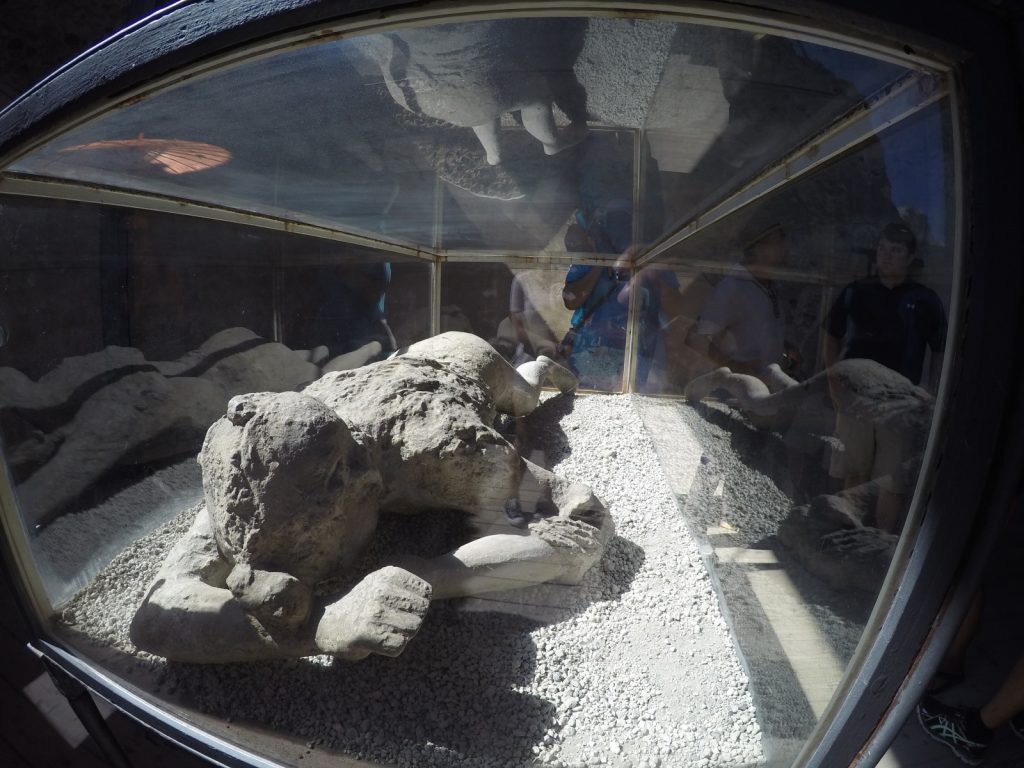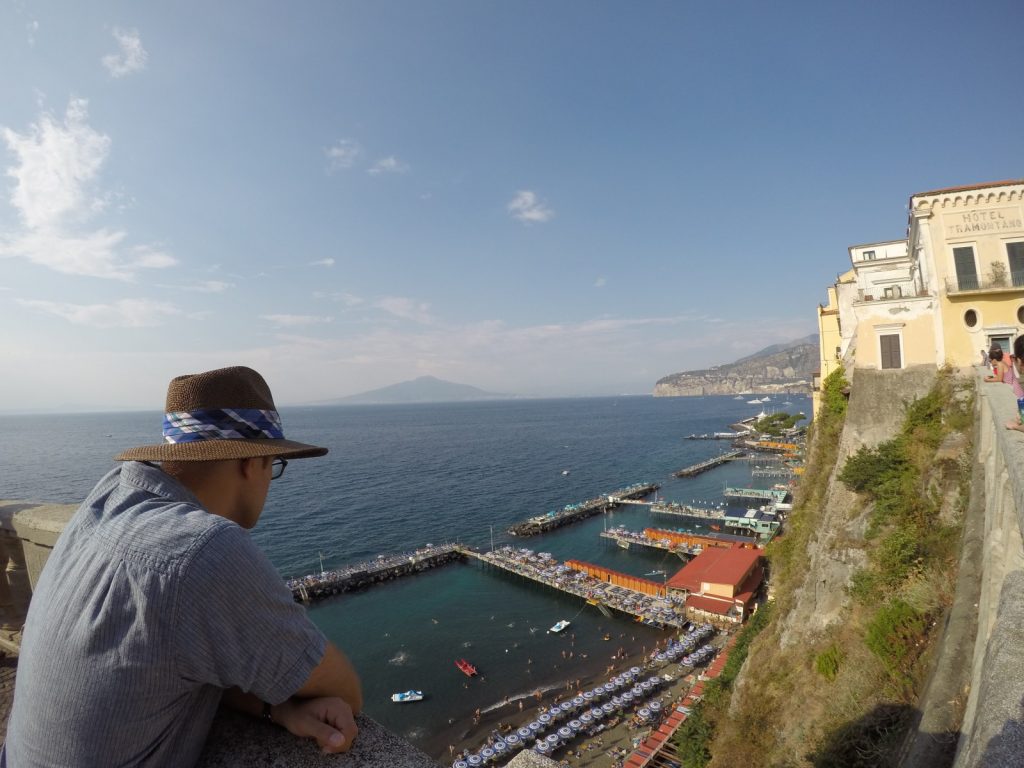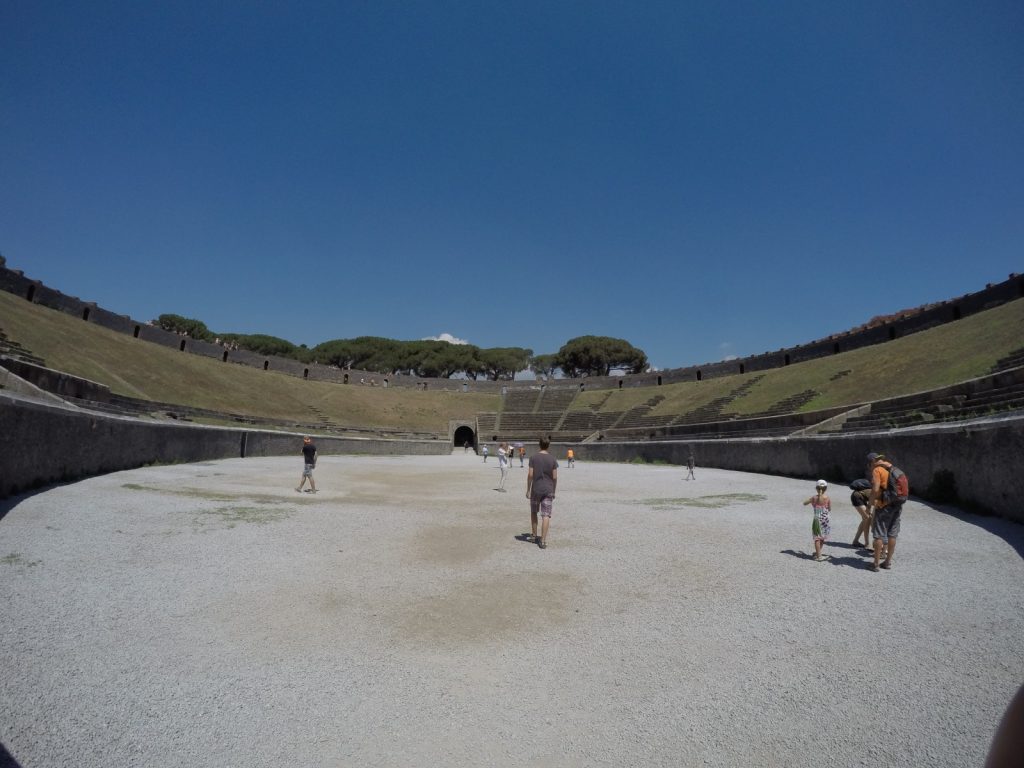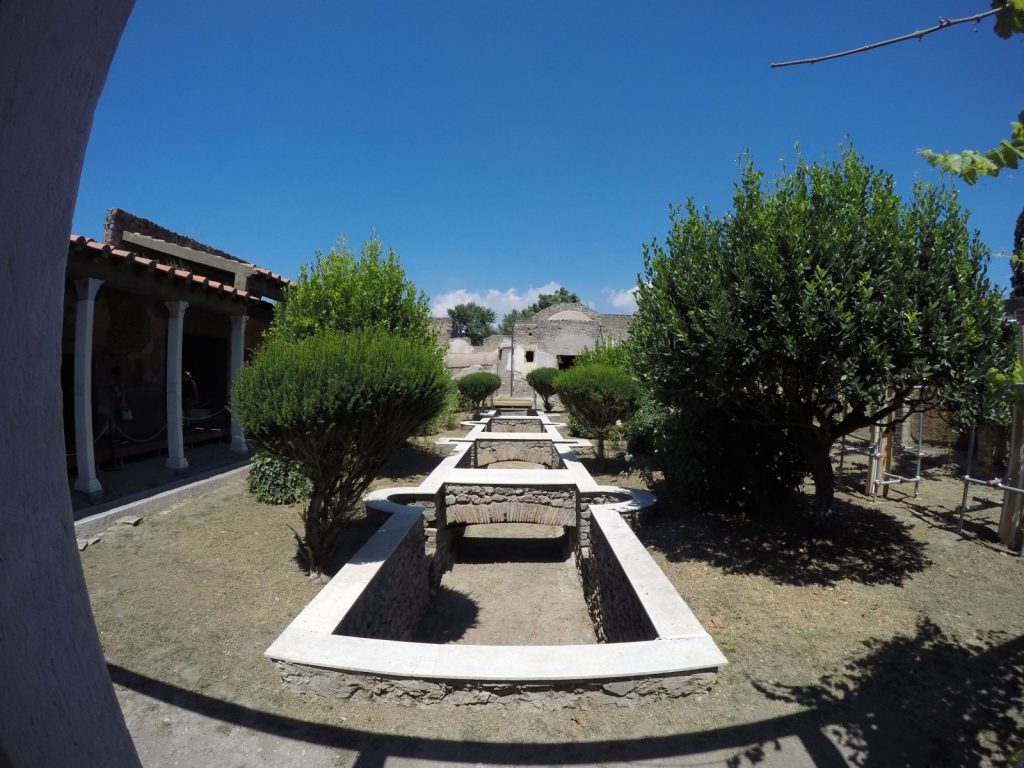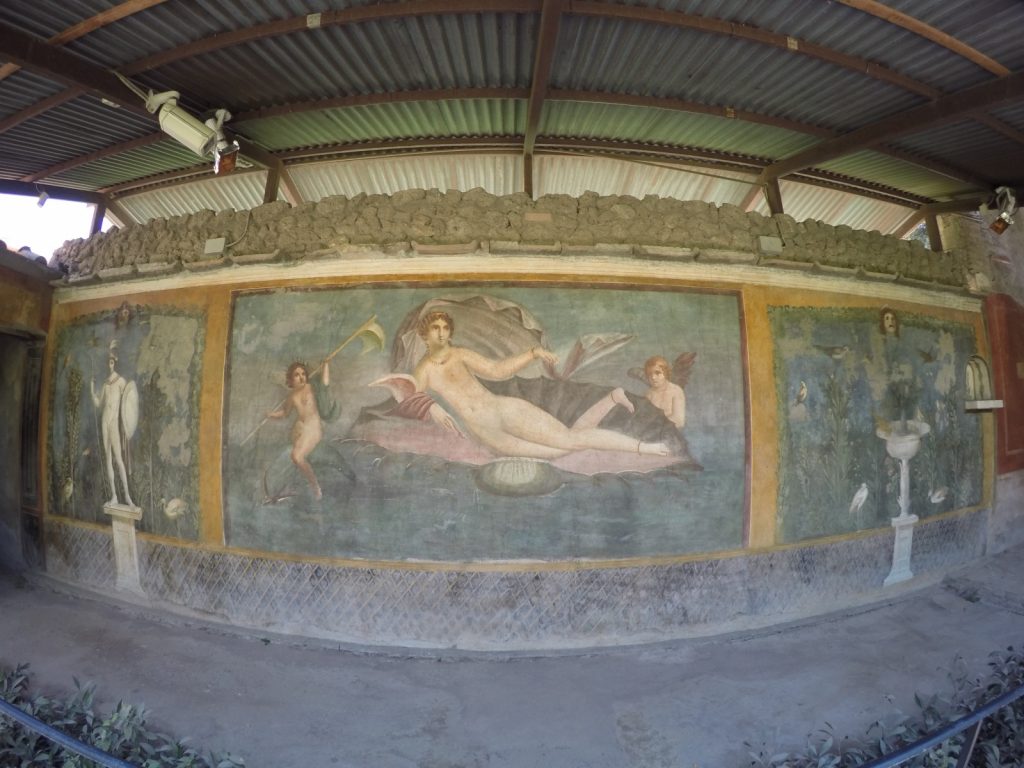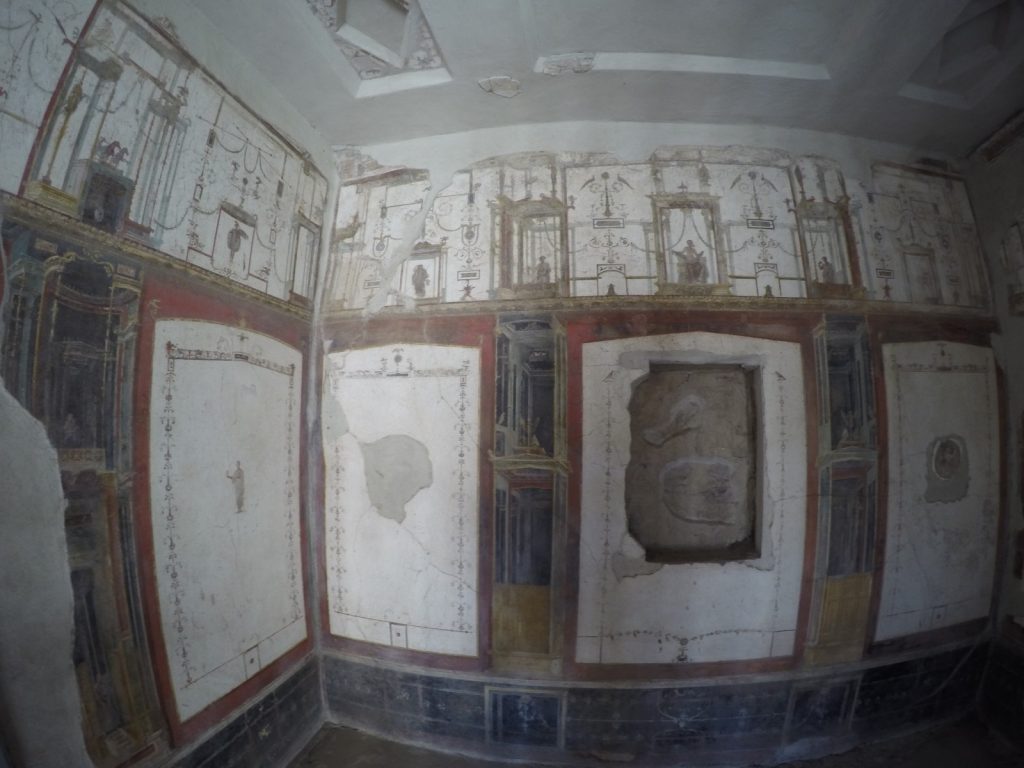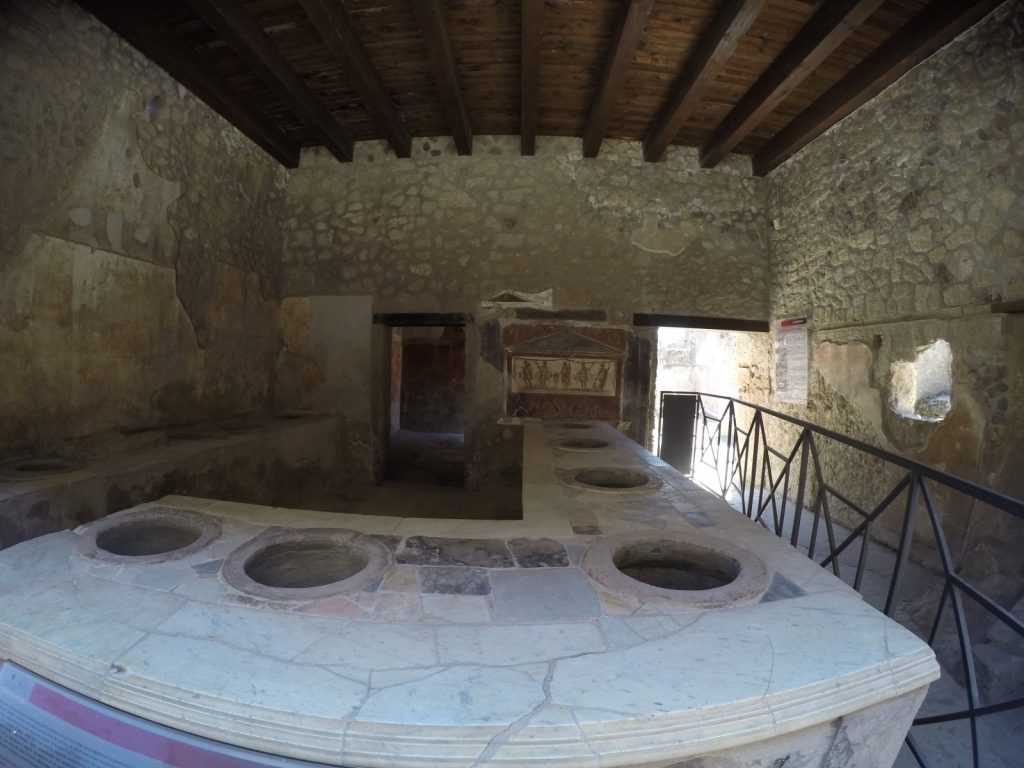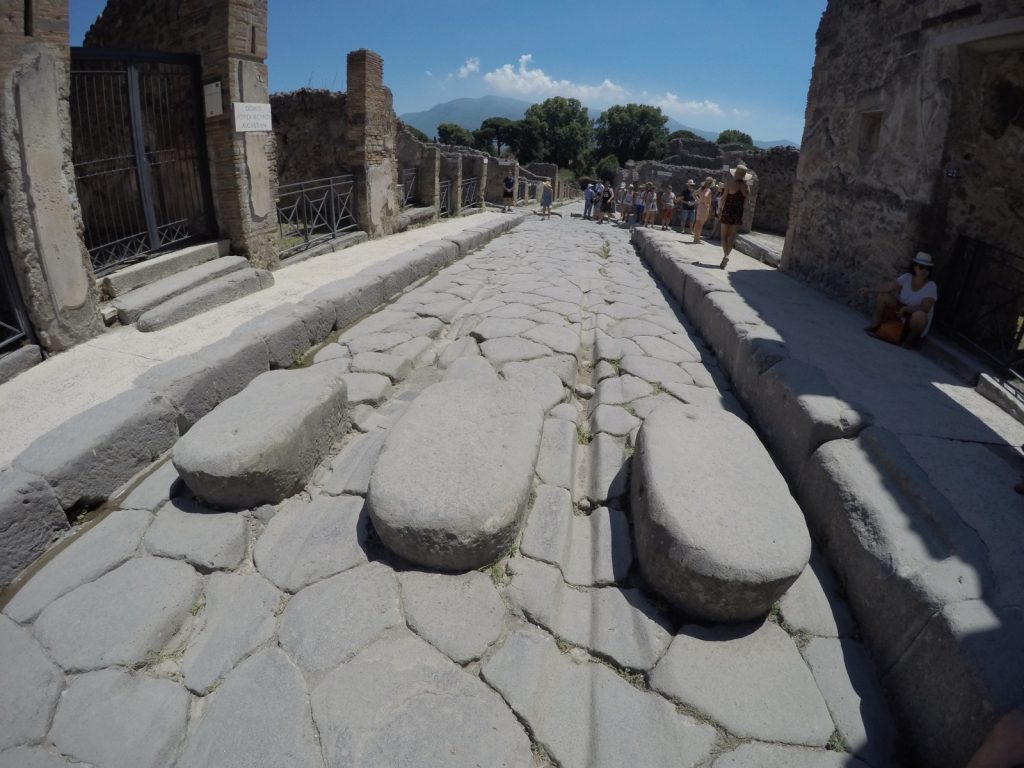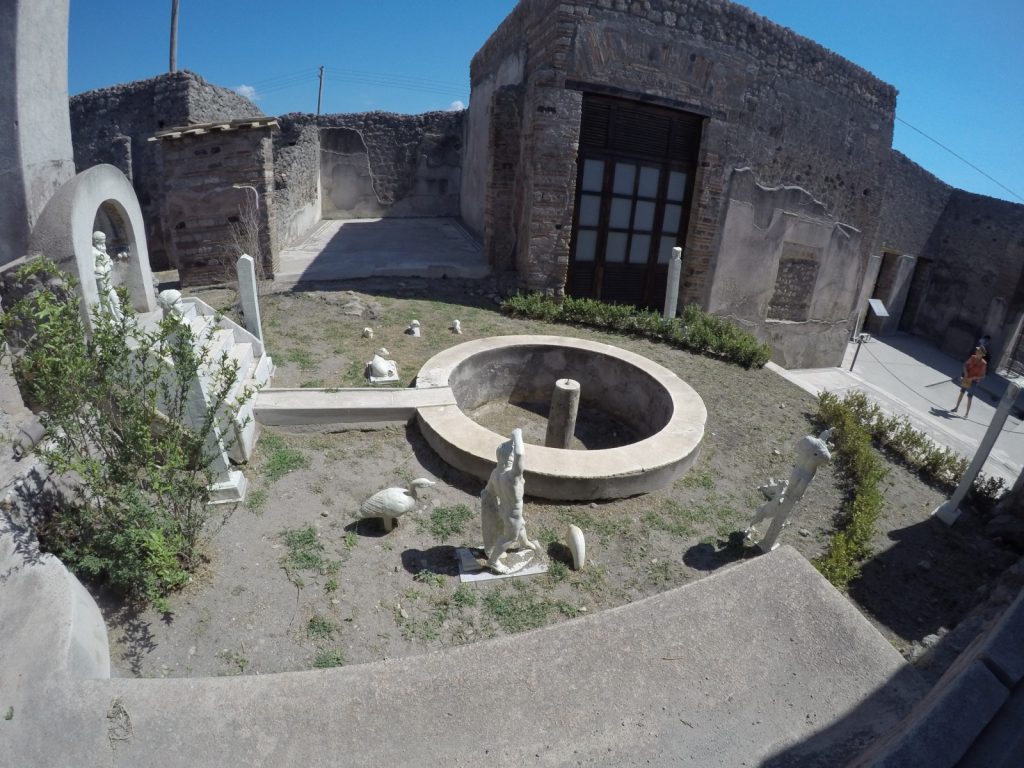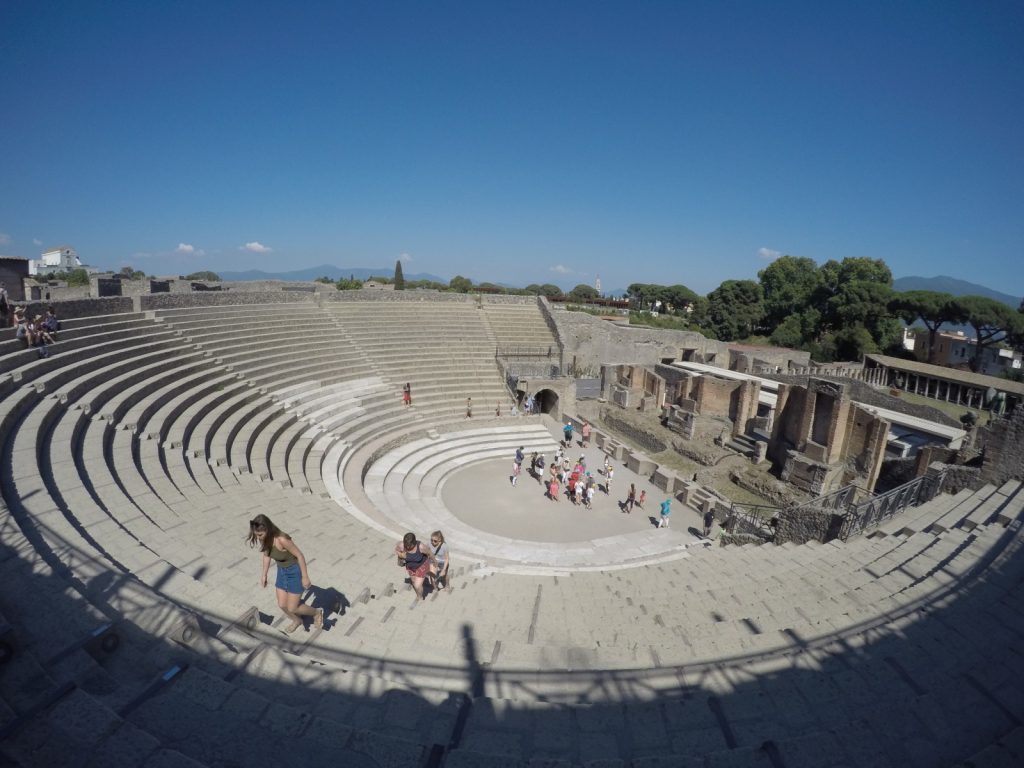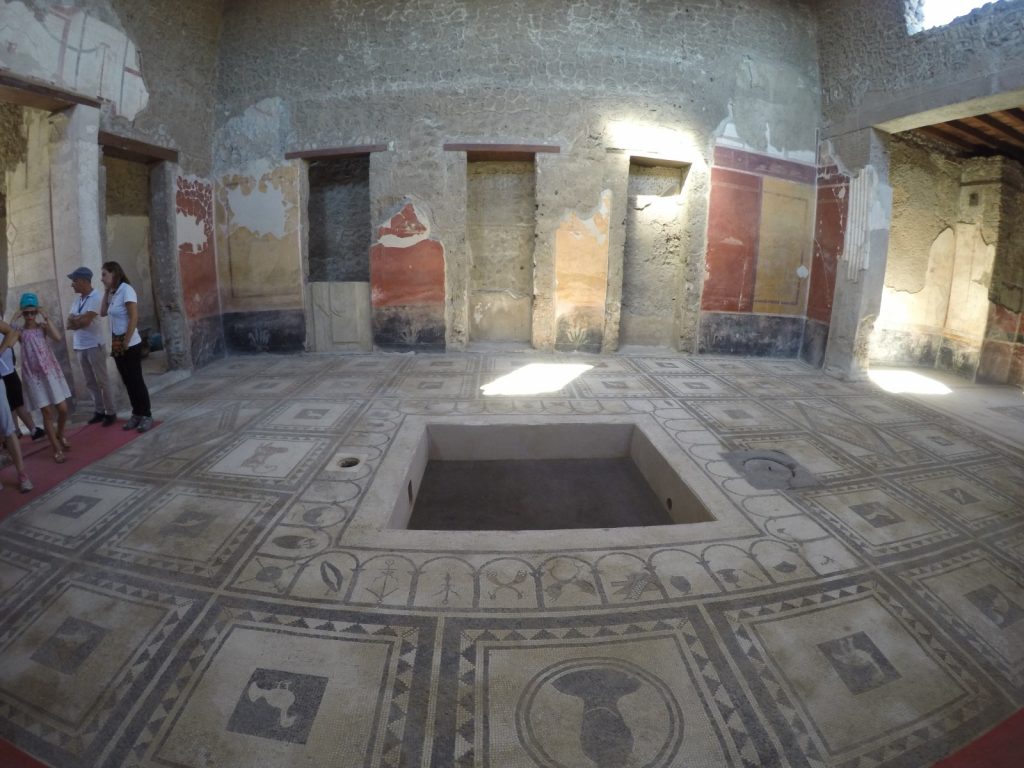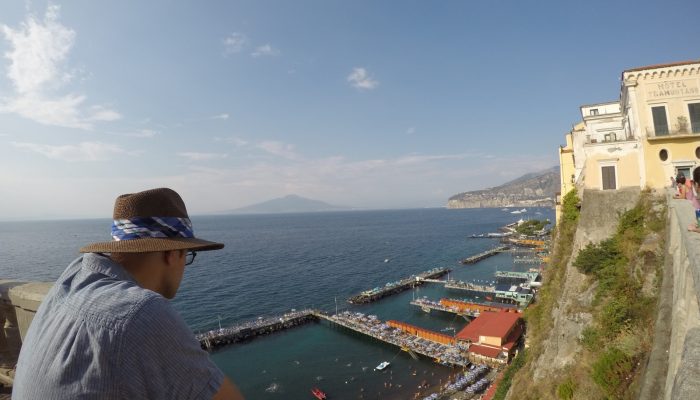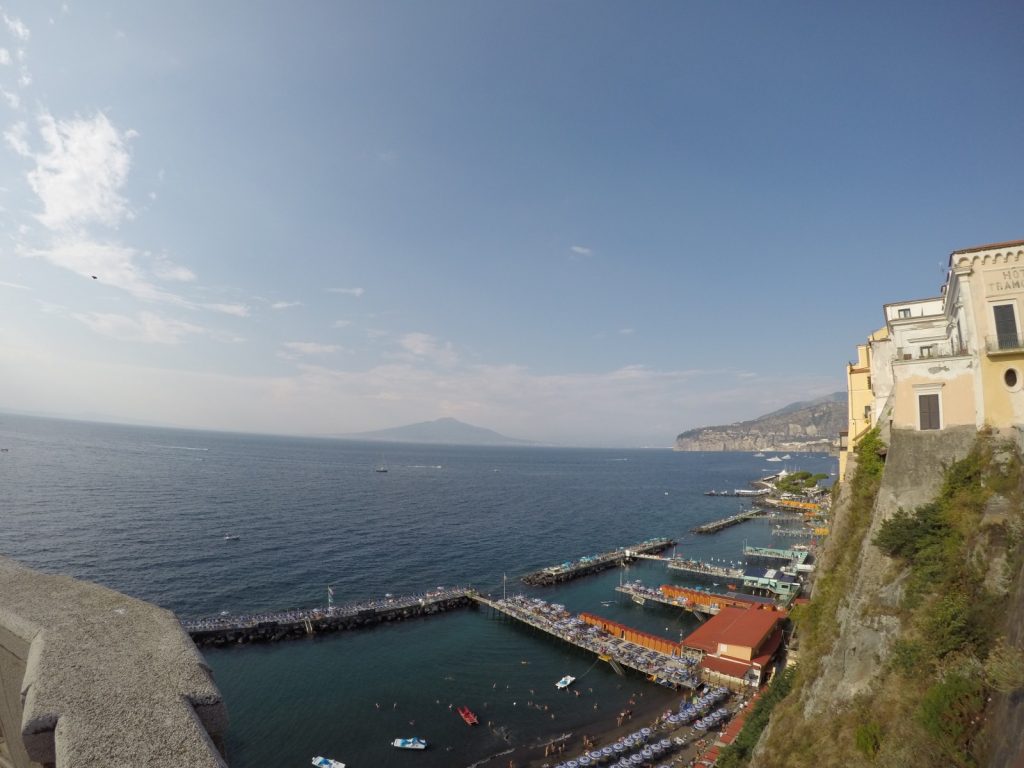It has often been said that geology is the study of scales. Time scales, large scales, small scales and many others. Indeed, one of the most crucial parts of any photo or map is the scale. Furthermore, geologic concepts can be applied from the planet scale to the atomic scale and every size in between. What confuses most people though is not only do we work in terms of huge size/magnitude variations but we also work with huge temporal variations. Processes that can take billions of years to nanoseconds all have their place in geology. Perhaps this is part of what makes it such a fascinating science?
Anyway, I thought it might be fun to share a few variations in scale that I have noticed recently.

A large hoodoo in Dinosaur Provincial Park, Alberta. I would say it is around 5m high and the rock on top is at least 5m across if not larger. (Photo: Matt Herod)

Some smaller hoodoos also located in Dinosaur Provincial Park, Alberta. I woudl say these ones are about 50cm high. By the way, the round object between the two hoodoos at the back is a dinosaur vertabrae. Likely a Hadrosaur. (Photo: Matt Herod)

Some really small hoodoos. I found these on a recent recon trip to a sand pit north of Ottawa near Cantley, Quebec. (Photo: Matt Herod)
Pretty cool eh?! People generally think of hoodoos as big spectacular structures that look like they are performing an incredible act of balance. Hoodoos form through erosive processes on the soft sediment underlying a large rock. They can be formed by wind, rain, or freeze-thaw cycles that erode the soft sediment below the boulder. However, eventually the sediment directly beneath the rock/pebble is protected from above preserving the hoodoo.
Here is another example of how scale has nothing to do with process. What I mean by this is that the same process that forms large features is also capable of forming small ones, like the hoodoos above.

A medium size rat-tail at Cantley Quarry, Quebec. It is probably around 8m long and the rock in the front is about 1m. That is my co-TA, Brett, for scale. (Photo: Matt Herod)

This monster rat-tail is over 50m long! You can see the xenolith in the front where the rusty discolouration is. There is also a smaller rat-tail in the foreground. (Photo: Matt Herod)

A “micro” rat-tail. This tiny one is only a few cm’s long but it still has the same basic structure: comet shaped with an obstacle in the front. Although, in this case the obstacle is a mineral grain and not a gneiss boulder.
Okay, so hoodoos are not the only erosional feature than can be formed at a variety of scales. However, I think these rat-tails are even more impressive than the hoodoos. Rat tails are glacial erosion features that form underneath a glacier by vast, fast flowing rivers of glacial meltwater actually eroding the rocks and forming these streamlined features. The dominant bedrock in the area is a soft marble that contains xenoliths of hard Grenville gneiss. The gneiss acts as a barrier to the meltwater forcing it to flow around it. This protects the marble directly behind the xenolith and forms the rat-tail.
Scales don’t just vary in erosion features though. There are lots of other great examples of scale variation throughout geology.

Massive selenite crystals in the famous “cave of crystals” in Naica, Chihuahua, Mexico with a person for scale. (Image: Wikipedia)

Gypsum (Var.: Gypsum) Locality: Red River Floodway, Winnipeg, Manitoba, Canada (Source)
The gypsum crystals of the crystal cave were formed by heated groundwater that was evidently extremely saturated with respect to gypsum. I haven’t done the calculations about how insanely over saturated this water must have been to precipitate crystals this large, but maybe if I’m bored one day I’ll try it out. The chemical formula of gypsum is CaSO4 – 2 H2O. The water filled the cave and the crystals were able to precipitate around 500,000 years ago. The dating method used was U-Th disequilibrium dating.
I have a funny anecdote about the picture of the cave above. I remember when news of the cave hit the media. I was taking advanced mineralogy at the time and someone brought that picture in to show our prof and get his reaction. His first reaction, before doing any research, was that the picture was photoshopped and the cave did not exist. It just goes to show that a) this cave is incredible and b) it is possible to fool mineralogists sometimes.

Small fold in meta-sedimentary rock of the Pinnacle Formation in Sutton, Quebec. (Photo: Matt Herod)

Photo of yours truly demonstrating the curvature of this fold which is also in the Pinnacle Fm. in Sutton, Quebec (Photo: not Matt Herod, but with my camera)

Google Maps image of the Rideau Lakes area north of Kingston, Ontario. Notice the kilometre scale folding in the area and how the lakes conform to the structural geology of the area.
As you can see the study of geology is really all about scale. Every major geologic discovery is required to have context in terms of either the geologic time scale or size. I have given some examples of how size can vary regardless of process. If you have any examples of scales in geology I would love to hear about it. Please post in the comments below. If your example is in picture form I would be happy to add them to this post.
Thanks for reading! FYI, this post was originally published back in 2012.
Matt
